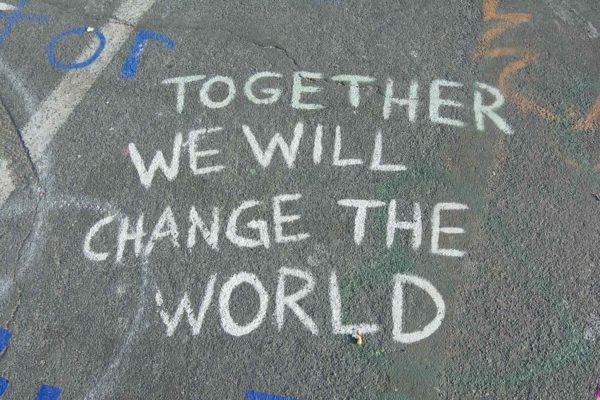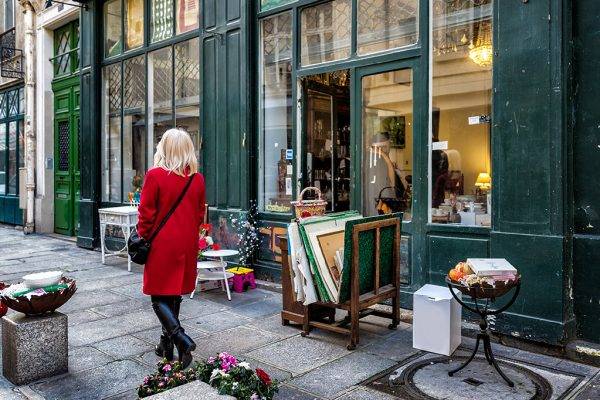Every year when Fashion Revolution Week rolls around, a chorus of consumer voices rise up together, demanding, “Who made my clothes?”
As a rallying cry and runaway viral hit of a hashtag, #whomademyclothes has spurred consumers to more consciousness and has encouraged apparel brands to dig into their supply chains.
But there’s a large segment of the fashion industry that seems to be left out of this conversation: jewelry.
Images via Futura Jewelry
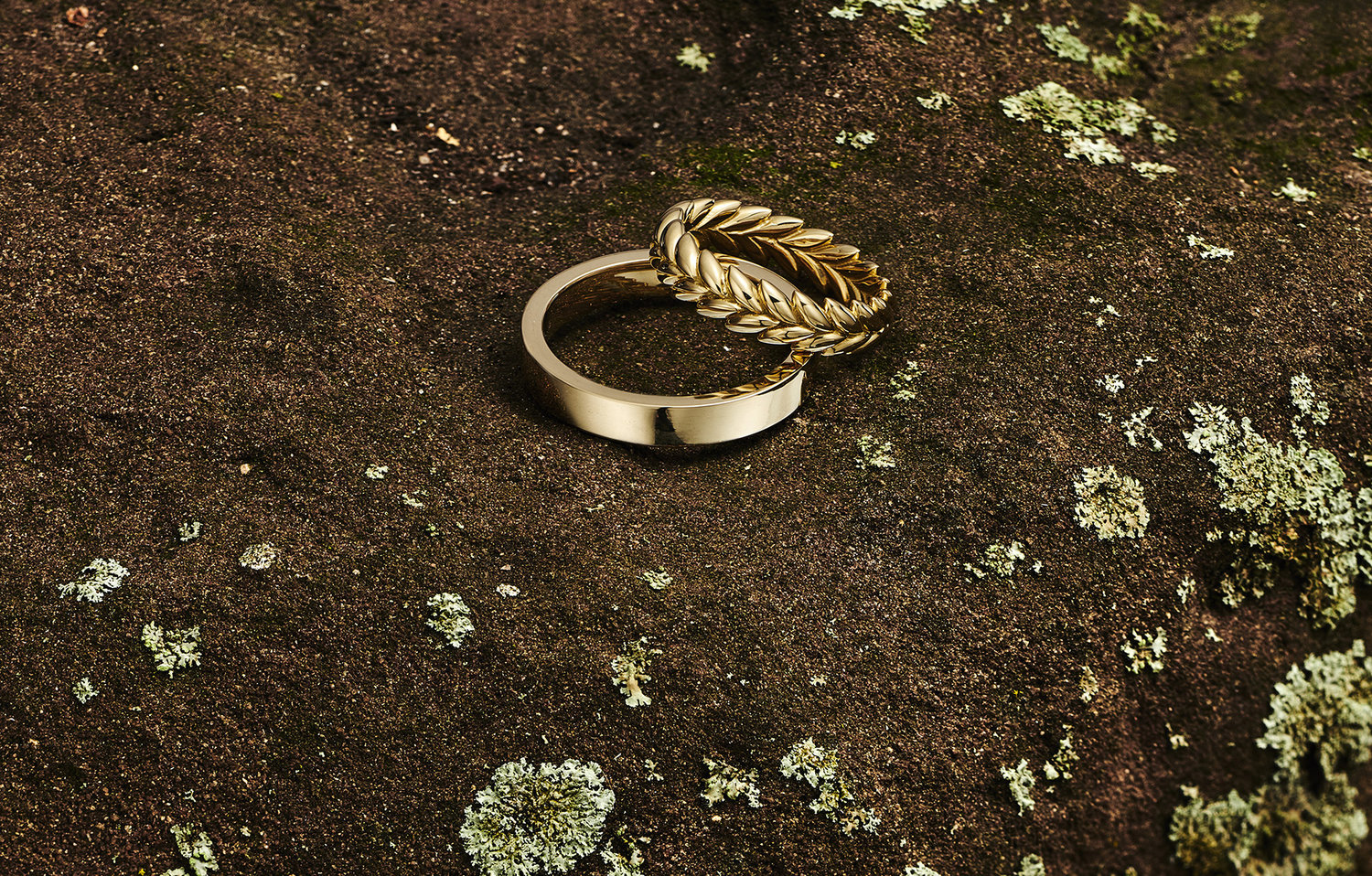
If you’re reading this, you’re probably aware that conventional cotton is a thirsty and pesticide-heavy crop, that garment workers in Asian countries like Cambodia and Bangladesh are underpaid and exploited, and that fabric dye houses and tanneries spill toxic, untreated water right into rivers. Honestly, that might even be old news to you.
So how about these shocking facts?
Small-scale gold mining is the most polluting industry in the world when it comes to the mercury. Artisanal gold miners, as a rule, use mercury and cyanide to separate the gold from the rock and dirt (ore), and they often do it in their home, contaminating their meager water supply and breathing in toxic dust and fumes.
The mercury vapors from this process travel long distances, persist in the environment, enter food sources, and bio-accumulate in animals (including humans). And just a reminder, mercury is a neurotoxin; there is no safe level of exposure. Symptoms after inhaling mercury include tremors, insomnia, memory loss, neuromuscular effects, headaches and cognitive and motor dysfunction, plus kidney failure, and even death.
The small-scale gold mining industry is not so small, either. An estimated 15 to 20% of all gold is mined by small-scale or “artisanal” miners, who number about 15 million globally, and in many developing countries, artisanal mining is growing by 20% a year.
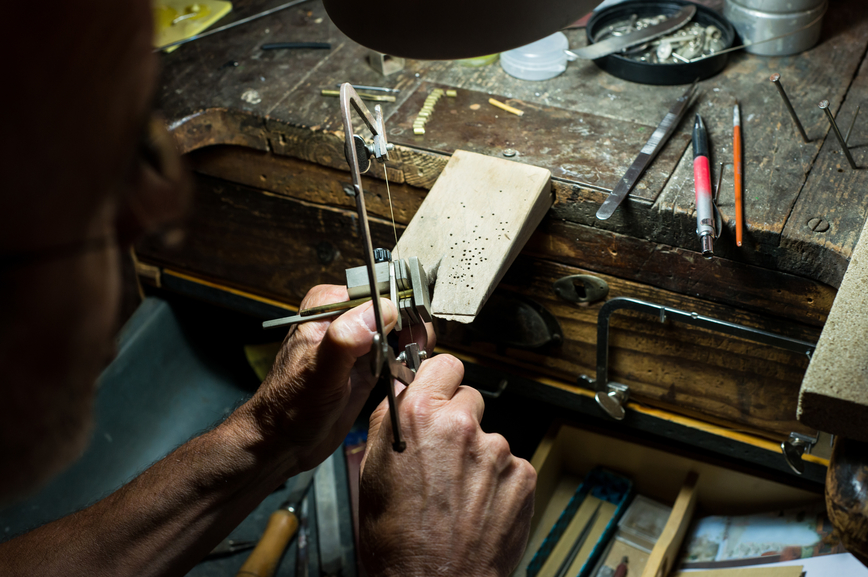
Futura Jewelry’s master artisans in New York have crafted jewelry for some of the leading luxury jewelry houses.
A third of small-scale gold miners are actually women, who often bring their children along to work in these chaotic and dangerous mines. The biggest problem is that artisanal miners receive no safety training and inadequate equipment. The result is that the workplace fatality rate for artisanal mines is up to 90 times higher than mines in industrial countries.
Notable accidents include in 1998 when a mudslide in Colombia killed 100 gemstone miners. Zimbabwe’s mining community has a reputation for death by collapse, because miners frequently re-enter closed gold mines, or burrow into uncompacted river banks. In Ghana, women and children as young as 14 have advanced stages of silicosis from grinding gold-bearing ore in their home.
That’s just for gold. “Burmese” rubies and sapphires help fund the military’s genocide against the ethnic group Rohingya in Myanmar (formerly known as Burma). Healing crystals like quartz and jade, of all things, can come from the exact same countries and mines as blood diamonds, and carry the same violent origins. That’s definitely bad vibes.
Child labor? Deadly workplace conditions? Poison flowing into the environment? Violence and ethnic cleansing? It has all the elements of a shocking fashion exposé. So why are most consumers completely unaware of where their jewelry comes from?
Honestly, it’s hard to pinpoint why jewelry is so late to the transparency game. We might be just one shocking documentary away from waking consumers up to the fact that they should also be asking “Who made my jewelry?”
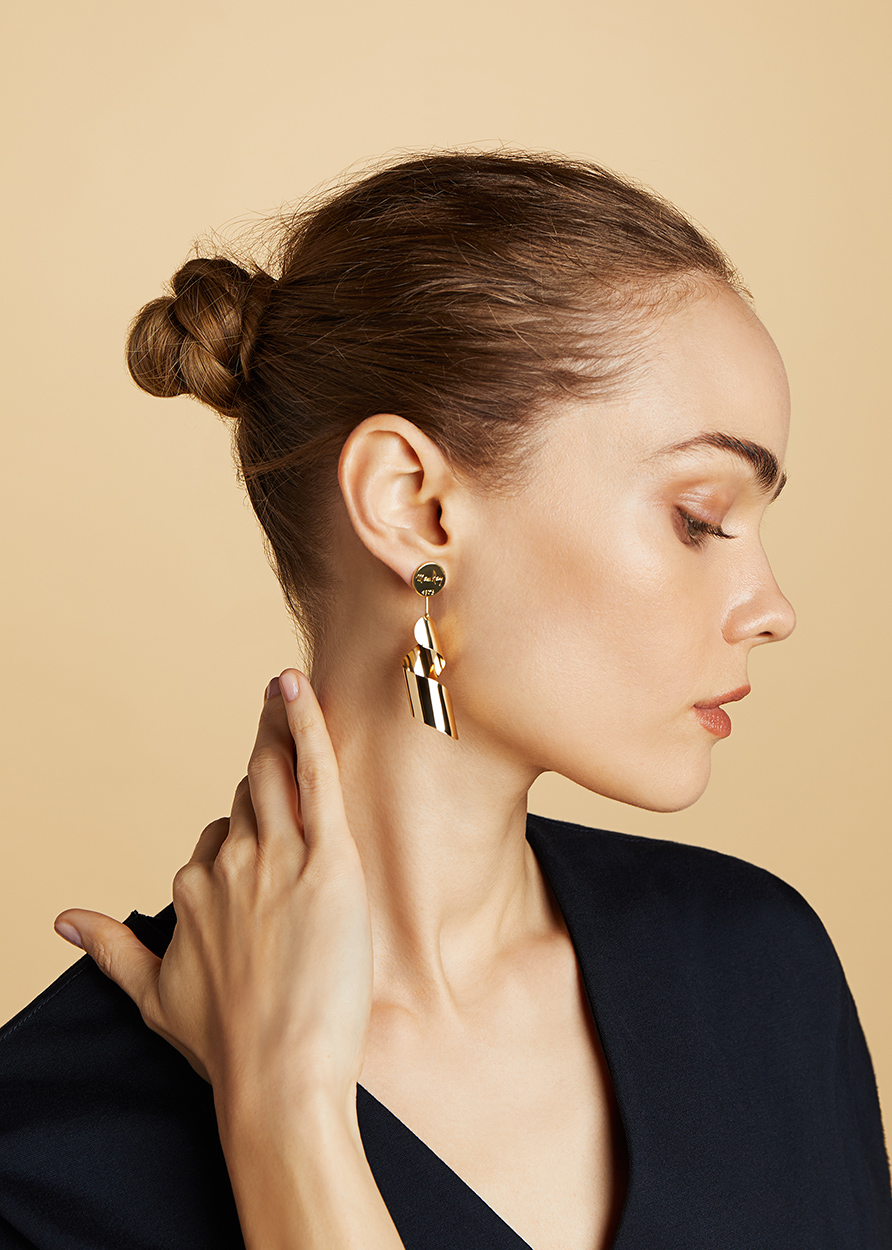

What You Can Do to Purchase Fairly Made Jewelry
You’re probably asking what you can do to help.
The first thing you can do is simply ask! Jewelers aren’t used to customers asking them questions… yet. But the more raised eyebrows they receive when they say they don’t know where their metals and stones are from, the more large wedding ring purchases they lose out on when a conscious couple walks away, the more times they hear, “Oh, I don’t want to buy a genocide gem,” then the more likely they are to do their purchasing more carefully, and also ask the middlemen where gemstones come from.
Unlike fast fashion, where the profit is in selling a lot of things with tiny margins, fine jewelers will notice every purchase lost to their lack of transparency.
Next, look for the Fairmined Ecological certification when buying gold. The Fairmined label certifies mines who are socially and environmentally responsible, with no child labor. The miners get a guaranteed fair price, plus an additional premium to invest in proper training and equipment, social development, and environmental protection. The Fairmined Ecological certification goes a step above, guaranteeing that no mercury or cyanide was used at the mine, and even requires that the mine rehabilitate local ecosystems.
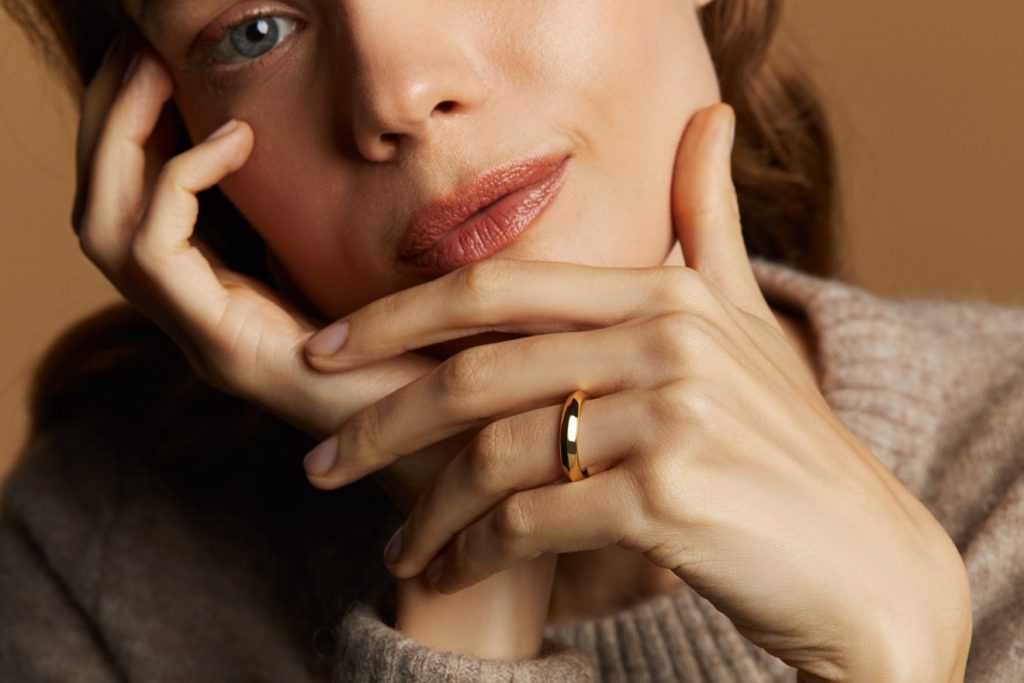
There are several jewelers that use Fairmined gold, and many jewelry houses that support this initiative financially, but the only luxury jeweler dedicated to only Fairmined Ecological gold is the new brand Futura, which crafts iconic designs out of pure 18kt Ecological gold sourced from the only certified mine in the world in Mongolia, with the hopes that creating consumer demand for this sustainable gold will encourage more mines to change their practices and become certified.
In terms of gemstones, for most, the best you can do is ask. Even the Kimberley Process has come under scrutiny for having remarkably lax standards. So, if you are in search of a 100% guaranteed clean and eco-friendly diamond, consider choosing lab-grown diamonds.
A lab-grown diamond set in a Fairmined Ecological gold ring? Now that is the future of luxury jewelry.

